NAO Pandemic Procurement Report Sticks the (Well-Judged) Boot In
This week saw the publication of the UK National Audit Office’s second report concerning government procurement during the pandemic. The first, all about ventilators, raised some interesting issues (which I discussed on a Podcast here) but was not overly critical of the procurement process.
This new report is very different. It’s a strong but fair report, with plenty of detail and insight, and impressive given the pressure NAO must have been under itself (in terms of staff, politics, and time). In measured and factual tones, it exposes some very questionable practices, processes and actions taken this year, principally but not exclusively in terms of buying PPE (personal protective equipment). It does not get deeply into PPE performance – there’s another report on the way shortly looking at that in more detail, apparently.
We wrote here about the VIP route for PPE, whereby firms with connections could get fast-tracked as potential suppliers, and the NAO report highlights just how beneficial that was for those firms who accessed that channel. They had a 10% chance of winning contracts, some (like the Ayanda Capital deal) for £100 million or more. Your chances if you weren’t on it were less than 1%.
I understand why there was a desire to look at more credible offers first, but the way it was done simply meant that it was literally a case of “who you knew”, not what you had done historically or were offering now. That was clearly unfair and broke the fundamental principles of fairness and equal treatment that underpin public procurement.
Urgency was the reason why normal processes could not be followed, and I do understand that, but there were ways in which proposals could have been assessed without this blatant favouritism (and before anyone says, “so how would you have done it”, I have an answer for that – maybe a future article. Or Cabinet Office can pay me for a few days consulting and I’ll tell them. I’m a lot cheaper than McKinsey or Deloitte).
The failure to track where the 500 referrals came from in many cases (only half were noted) and apparent lack of awareness or concern about conflicts of interest also leave a bad taste here. Indeed, a lack of documentation to support decisions is a theme running thought the NAO report.
Then, even after the NAO report, it is still not clear how the suppliers were chosen or the size of the contract determined. So there was a decent enough general process documented in the report for evaluating the suppliers and their offer in terms of credibility, but that doesn’t explain why Ayanda was given a £250 million contract while another firm might have been awarded a £1 million deal. Was it simply that they bought whatever the supplier offered once they got through the process? Was it first come, first served in some sense until the requirement was met – but that still begs the question, how did firms get to the front of the queue?
And remember, there were many credible suppliers complaining at the time that their offers of PPE weren’t even being considered. Did they fail simply because they didn’t know the right people? Did the team actually work through all the offers, or just focus on the VIP offers until they had ordered enough stock?
Given these issues, that lack of documentation around why suppliers were chosen for contracts is disappointing and unforgivable really, given the lack of competition and the size of many contracts. It broke the government’s own March 2020 Cabinet Office guidance as well, which said that buyers should keep good records of how and why suppliers were chosen.
We might speculate as to why it happened – incompetence? Arrogance? Lack of time to keep notes (with 450 people in the team, including highly paid consultants, that doesn’t feel like a good excuse)? Or corruption of some sort? The suspicion of bribery of officials remains, given this report. There must have been people who had the power to move suppliers to the front of that queue and we have no evidence of safeguards in place to ensure that wasn’t done for the wrong reasons.
The lack of clarity on the “due diligence” process is also worrying – it wasn’t in place at all initially by the sound of it and then seems questionable, given some suppliers seem to have got through despite very dubious backgrounds. The stories in the press this week about jewellery manufacturers with “consultants “ in Spain being paid £20 million, or a young woman somehow winning a contract for almost a million pounds with no relevant experience whatsoever don’t fill us with confidence that due diligence was very effective.
Another issue was the buying of masks with the wrong specification. That appears to have been a ”human error”, incompetence if we’re being unkind, somewhat excused by the time pressures. It has proved to be a very expensive mistake though – with the caveat that perhaps the masks can be found a useful purpose somewhere.
The report doesn’t really cover whether the prices paid were reasonable, so perhaps that will crop up in the next report. The margins being made by traders, middlemen, agents and spivs generally still haven’t been disclosed either, although the stories emerging such as the jewellery firm example seem to suggest some people made an absolute killing.
All in all, and even given the time pressures, this was not public sector procurement’s finest hour, I’m genuinely sorry to say. In part 2, well look at some non-PPE contracts that NAO examined in the same report, and I’m afraid there is even more concerning Bad Buying to discuss there!

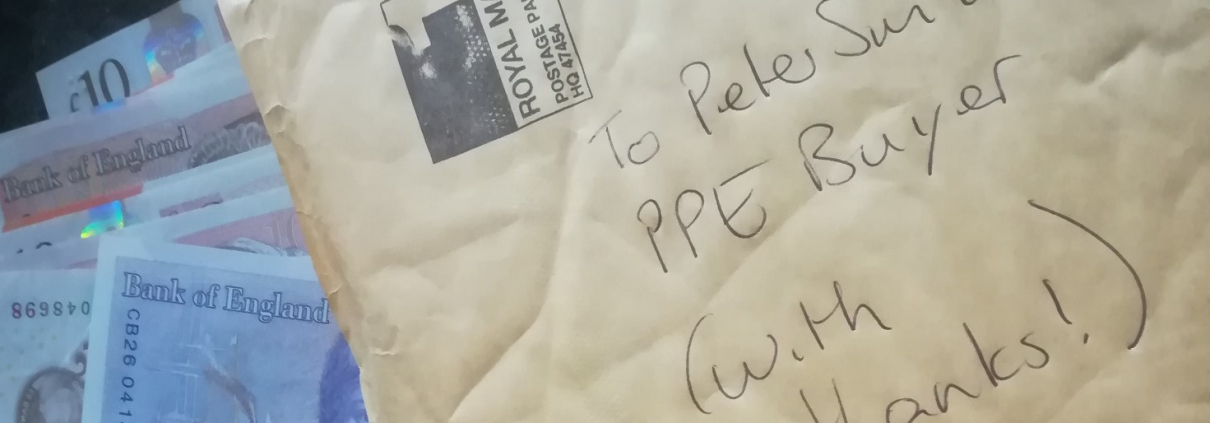
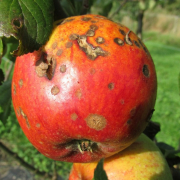
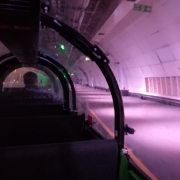

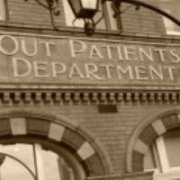
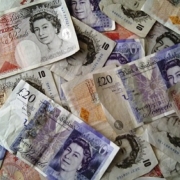


What is going on with the NHS and Palantir? Engineers being bought for a £1?